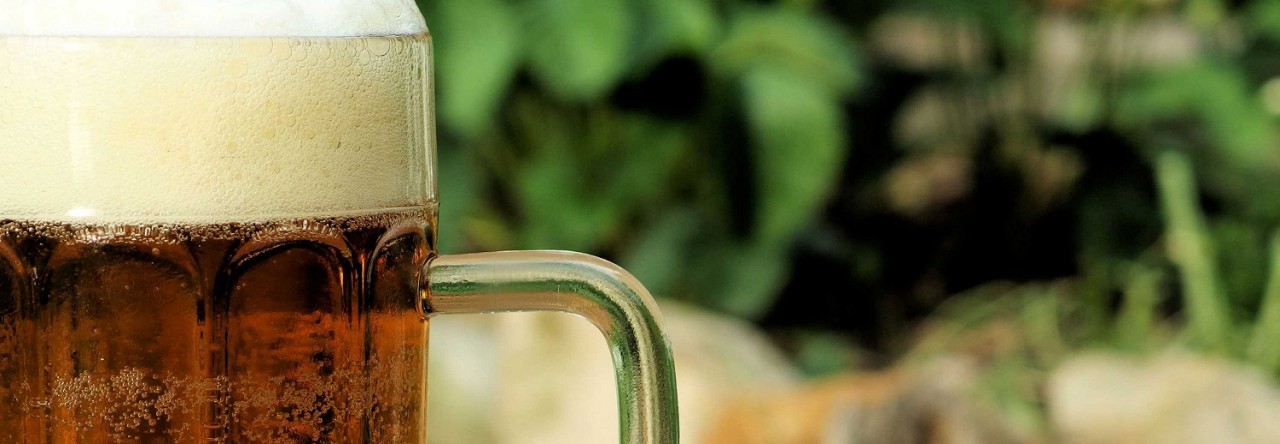As the story goes, I was at HomeBrewCon and I stopped by a booth where Oast House Oils were set up and showing off their wares. There were a few varieties of hop oils available for purchase so I bought a pouch. When I got home, I opened it to find a 1 milliliter vial of hop oil. With that, I made a plan.
We brewed a SMaSH beer with Strata before but what if we brewed with Strata hop oil? Well, that’s what we tried to figure out with this post.
Hop Oil In The SMaSH Format
So for this experiment, I followed my typical one US gallon batch procedure. I used 2 pounds (907 g) of malt – this time, it was Golden Promise pale malt – mashed in 2 US gallons of water. Boiled for 60 minutes, I added a smidge of Strata hops pellets at the beginning of the boil.
After it was chilled, I added 3 grams of US-05 dry yeast to my 1 gallon jug. At day 3 of fermentation, I added 2 drops from the hop oil vial to the jug. After fermentation was over, I racked the beer to a keg and carbonated it.
The first pour was not as potent as I thought it would be. I was expecting more from the oil. So, to paraphrase Mike, I made adjustments because I am a homebrewer. I added a few more drops to the keg and put it back in the fridge.
What Did We Think?
You have the hand it to the oil – it had all of the flavor and aroma without the green material. We perceived a clean and precise quality to the entire bouquet. It really impressed on us that the hop oil was a premium product and produced what it said it would.
We still couldn’t get any strawberry out of the aroma/flavor profile but there was a present fruit note. The dankness that is described with this hop was present but it wasn’t super strong.
We think these hop oils would blend well with your typical hop pellets or cones. Check them out at oasthopoils.com and tell them Mike and John sent you.
Cheers and BREW ON!
